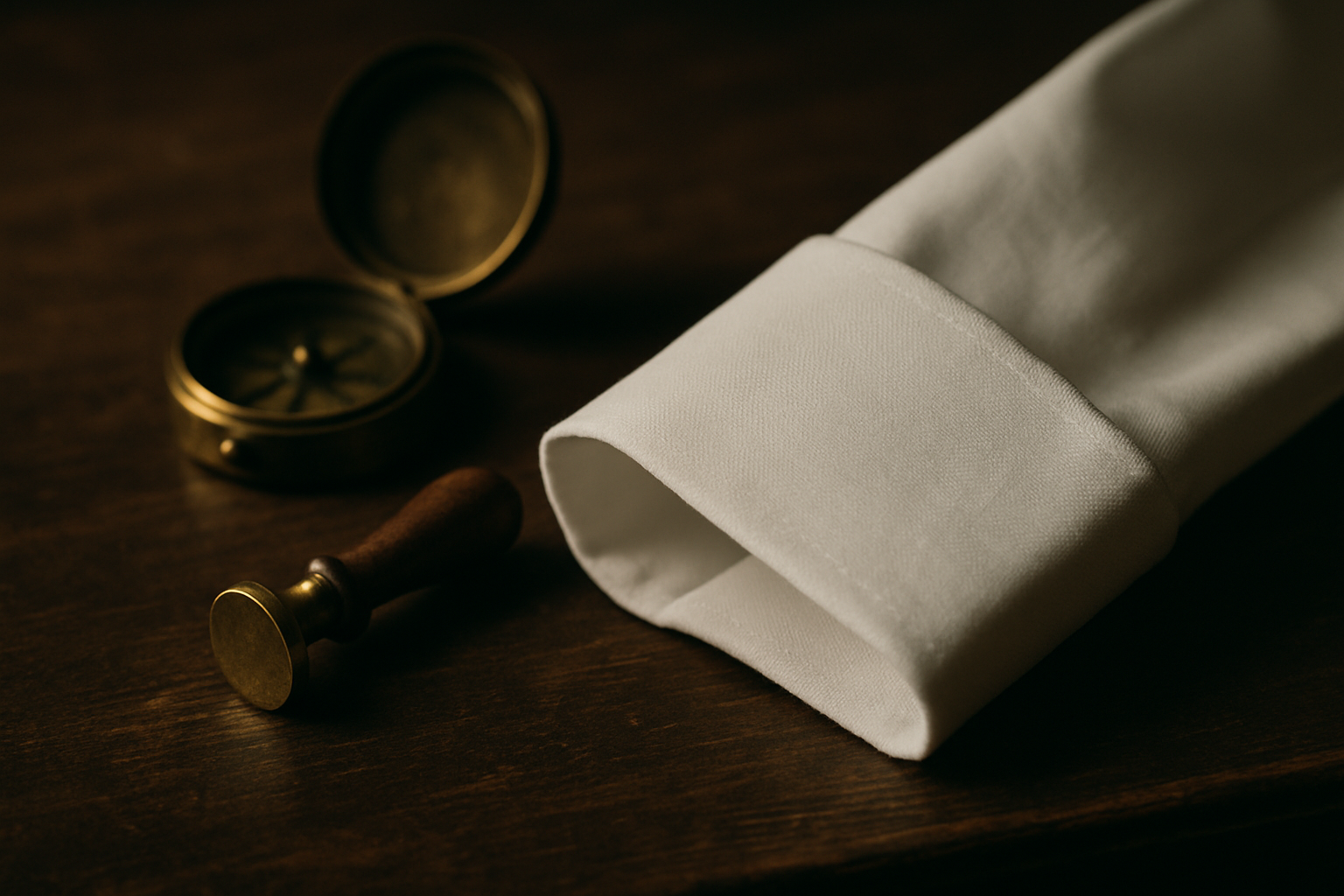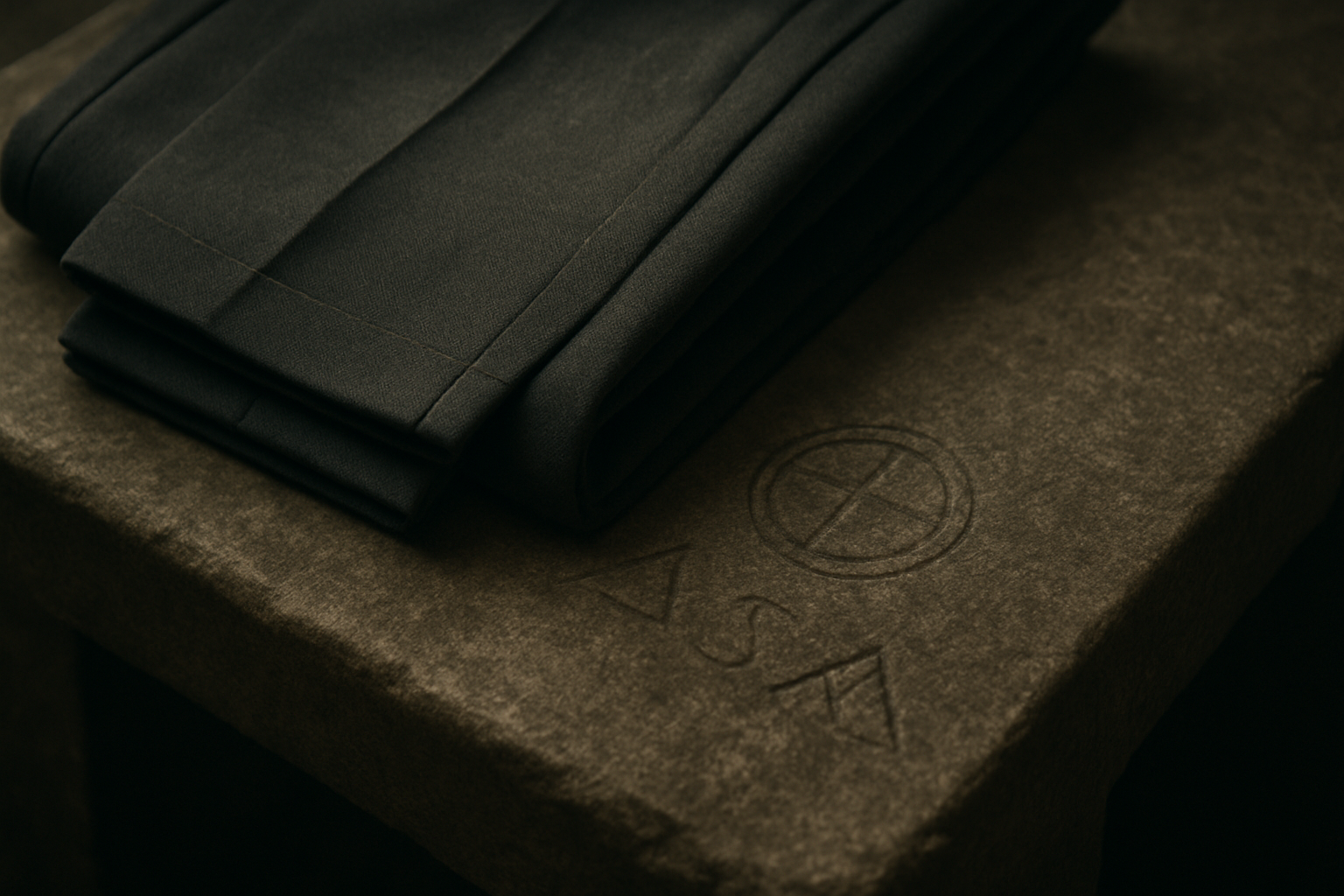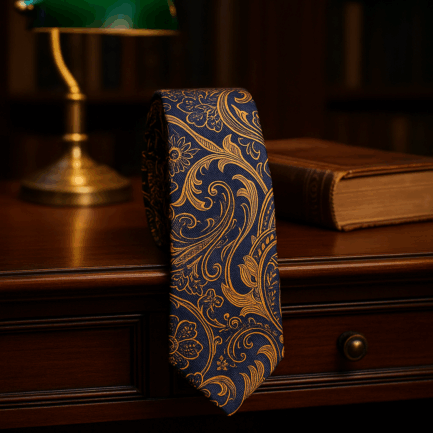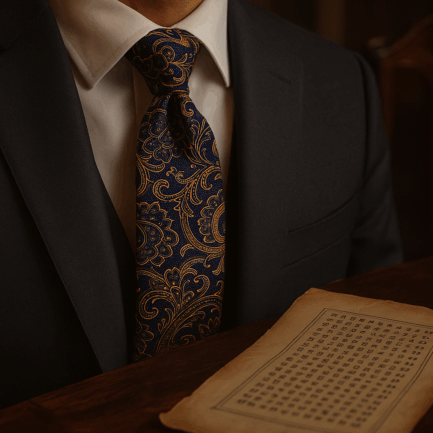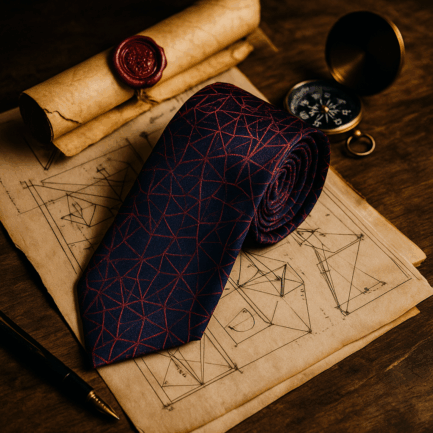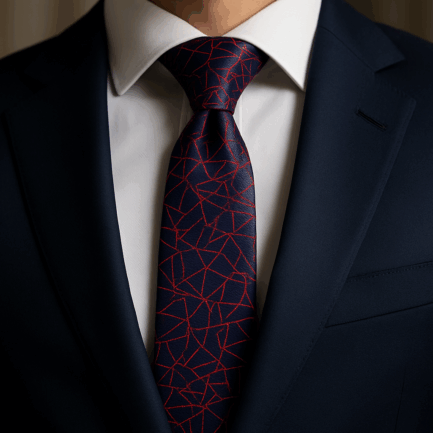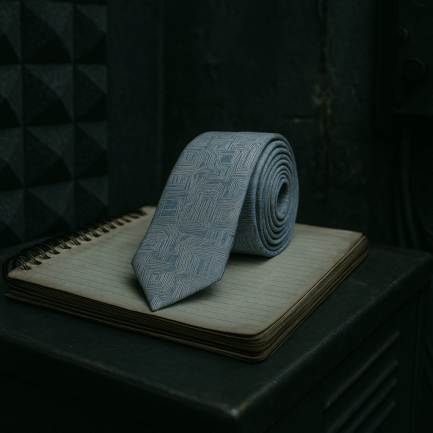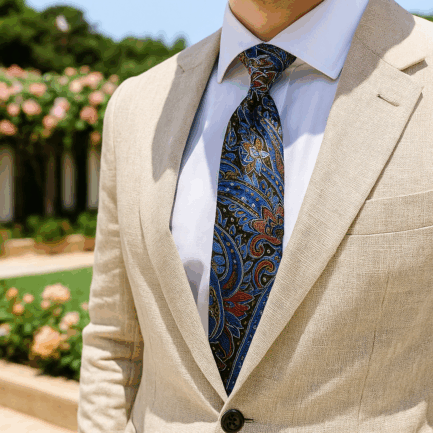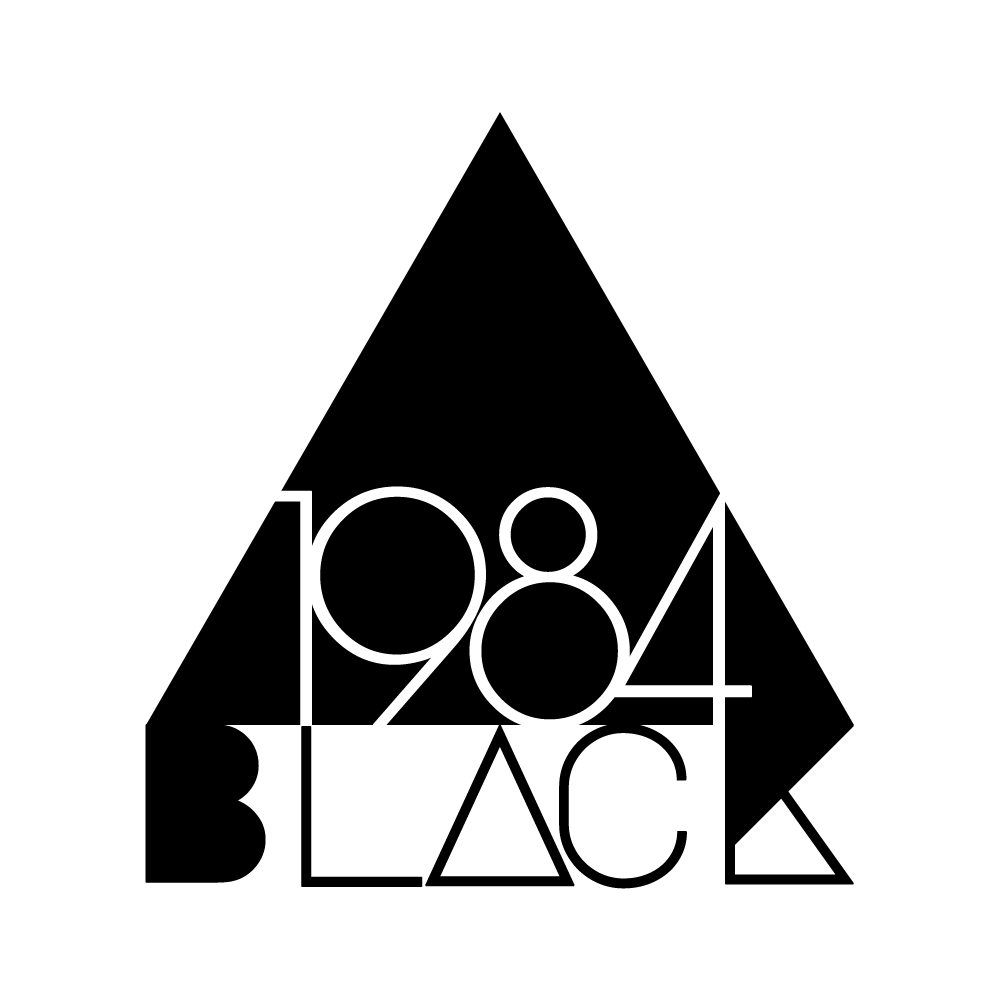Borders are not limits. They are signatures.
A hem is not just where the fabric stops.
It’s where intention becomes visible.Edges define. They declare: This is where it ends, on purpose.
A raw edge whispers defiance. A finished cuff murmurs control.
Either way, the edge speaks.To observe a garment’s edge is to read its final sentence.
Not the loudest part, but often the most deliberate.
Lines of Intention
The edge is often overlooked. But it’s the most deliberate part.
A clean border tells you the garment was tamed. Structured. Measured into meaning.
A frayed hem? That’s permission to unravel. To shift shape. To breathe.
Edges mark transition. From fabric to air. From what’s worn to what’s left behind.
They are thresholds dressed in thread.
Tailoring is geometry, but the edge is punctuation.
A flourish. A cut. A quiet declaration.
The rolled cuff. The turned collar. The extra stitch that no one asked for, but someone insisted on.
These are not accidents. They are boundaries drawn in cloth.
Borders as Belief
Not every edge is sewn to hide.
Some are made to be seen. Celebrated. Exposed.
The selvedge seam on a pair of jeans; left visible to show origin, not to conceal it.
The unfinished sleeve of a jacket; an intentional pause in an otherwise perfect sentence.
Edges tell us not just what the garment is, but what it believes.
That polish isn’t always proof of quality.
That restraint can be a louder signal than embellishment.
A raw edge says: This is enough.
A finished hem says: I stayed to the very end.
But both speak the same language; choice.
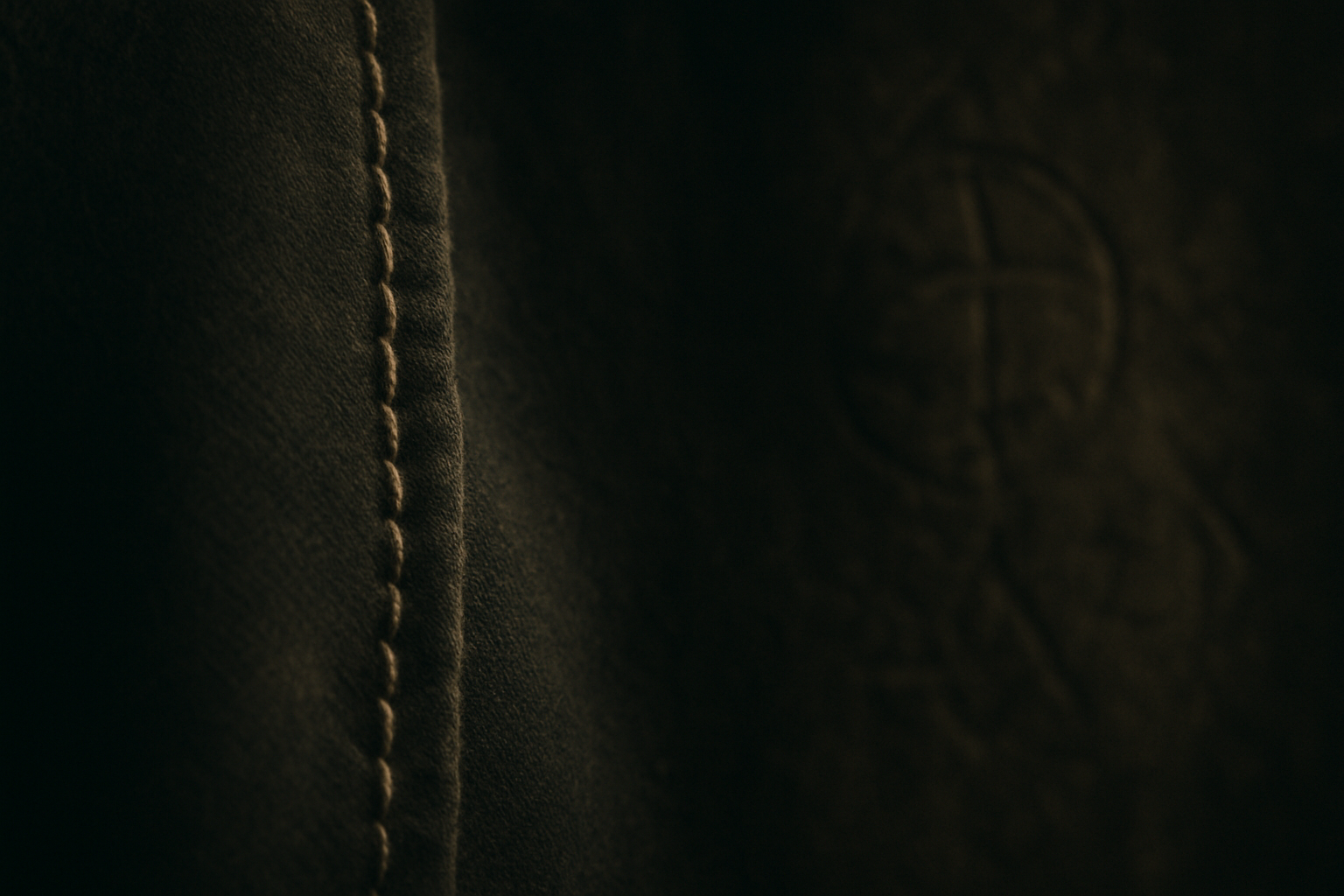
Soft Ends, Sharp Corners
Angles matter. So do curves.
Because endings aren’t just about where.
They’re about how.
A sharply squared pocket hints at formality, tradition, intent.
A softly curved hem moves like water; suggesting ease, openness, fluidity.
One closes. The other invites.
One is a blade. The other, a whisper.
Every fold, every finish, every trim is a decision about how to say goodbye.
Not to the garment. But to the part of the self that wore it yesterday.
Finishing as Philosophy
There is no such thing as “just a hem.”
There is only the question: How do you want to end?
Some hems are folded three times, hand-stitched in silence.
Some are left raw, to wear in their own way—with time, not thread, as their seamstress.
To finish something is to decide what the world sees.
To leave it open is to trust what it might become.
Precision speaks to legacy.
Looseness speaks to evolution.
Both are valid. Both are visible.
The 1984.black Philosophy
At 1984.black, we do not fear the end.
We design for it.
We believe that meaning lies in the margins.
In the final thread. In the last choice made before a garment is worn.
Our pieces respect edge as statement:
Not as constraint, but as closure with character.
We finish our work not to complete it,
but to open the next gesture:
the one who wears it. The one who alters it. The one who inherits it.
Because the edge is not the end.
It’s the entry point for interpretation.
Acts of Precision, Acts of Permission
Some edges are rules. Others are rebellion.
To hem something short of where it’s expected is to redraw the map.
To cuff a sleeve that wasn’t meant to fold is to resist quiet conformity.
There is power in neatness.
But there is also power in letting the edge speak for itself.
A collar frays not because it’s neglected,
but because it was worn, again and again, in defiance of replacement.
To embrace that fray is to wear memory like armor.
Closing Reflection
To dress with edge-awareness is to understand punctuation.
A period. A comma. An ellipsis.You decide.
Hem it sharp. Or let it fray.
Turn the cuff back. Or let it hang.But whatever you do,
mean it.Because the edge is not where the story ends.
It’s where the voice begins.
-
The Cipher Veil Silk Tie
€ 29,99 -
The Crimson Lattice Silk Tie
€ 29,99 -
The Cypher Pattern Tie
€ 29,99 -
The Kasbah Cipher Silk Tie
€ 29,99

